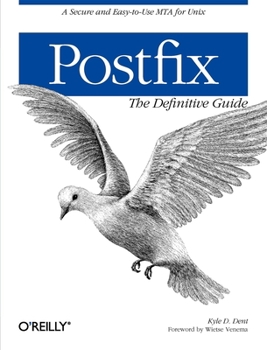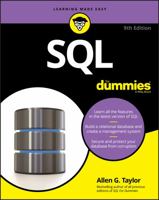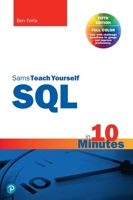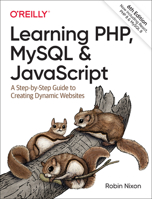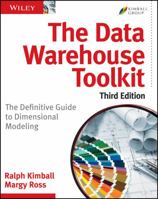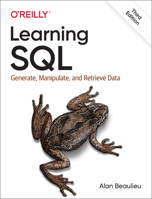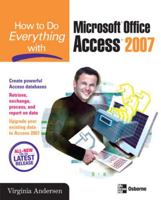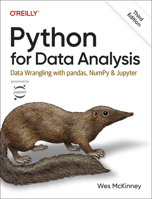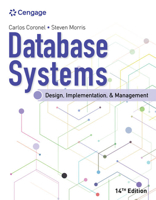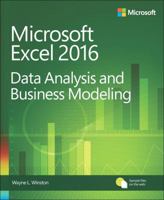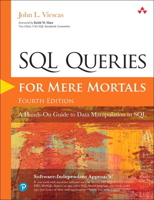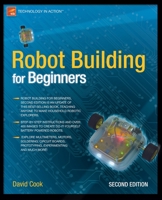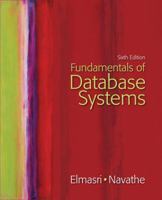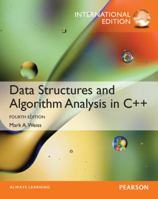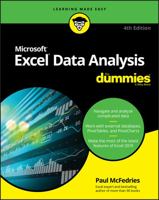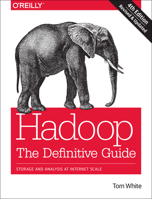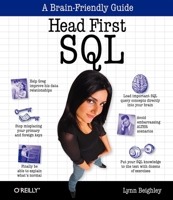Postfix: The Definitive Guide
Select Format
Select Condition 
You Might Also Enjoy
Book Overview
Customer Reviews
Rated 5 starsBEST Full Featured Secure Mail Transfer Agent (MTA) which runs Global/Major Enterprises
Wietse Venema at the IBM Thomas J. Watson Research Center in New York initially created Postfix (1997) to solve major problems facing all email systems, including commercial email systems still full of holes in 2024. Core vulnerabilities in simple Basic Install allow outsiders to easily read your emails, write forged emails in your account, add fake accounts into your mailboxes, alter & forge messages .. The Mailboxes on wide...
0Report
Rated 5 starsThis is a great book.
After over a month of trying to get my first email server up and running using the try a setting, see what happens method, I finally gave up and bought this book. Now I'm in business. Everywhere I read, people claimed the easiest to configure MTA was postfix, so that is why I began to use it. True, the documention on the website is helpful and so are the included examples, but if you don't have the concepts down, that...
0Report
Rated 5 starsFinally I Feel Comfortable with Postfix
After getting my Postfix server running using online documentation I knew that I had been guessing, and that I would need help to go farther. I started reading the Blum book on the subject, and learned a few things, but I was no less confused.With Dent's "Postfix: The Definitive Guide" I found what I needed. I have a much clearer understanding now, and I have been able to extend some of the sample code to things I want,...
0Report
Rated 5 starsThe Only Serious Contender to Sendmail
Over 20 years ago, Eric Allman wrote sendmail to handle the then tricky problems of email on BSD and SystemV unix machines. Since then, email has become all pervasive to educated persons. En route, sendmail also grew vastly in complexity to handle this. So much so that just manipulating its configuration files became convoluted. Worse yet was the actual debugging of its source code.Despite all this, sendmail is still the most...
0Report
Rated 5 starsDefinitely Definitive
I remember folk on the Postfix mailing list complaining about how long it was taking for this book to be written. Well, I've been writing a computer book for the past year and all I can say is 'I feel your pain Kyle'. Anyway, the wait has been well worthwhile, and possibly a benefit because the book deals with several new features only recently added to Postfix. You know that an O'Reilly book is at least going to be half-decent,...
0Report











